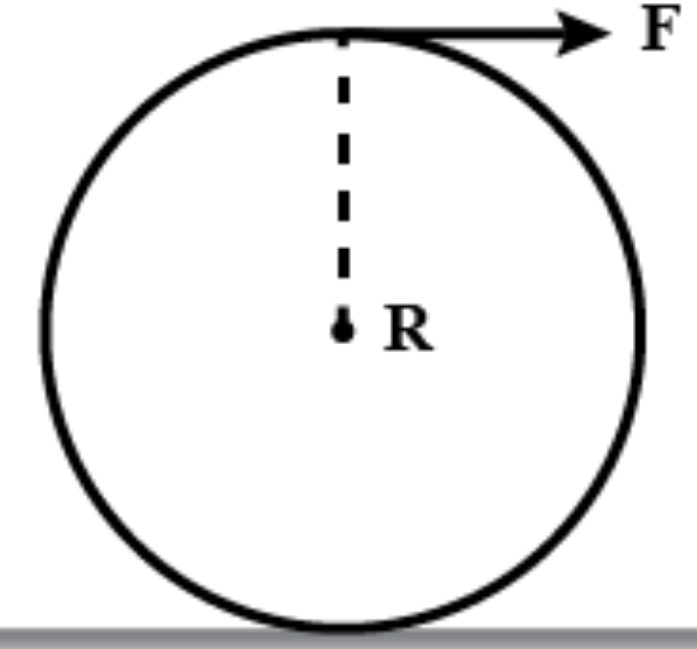Consider a body like a ball on a frictionless horizontal surface. I apply some force F tangent on it, at the top. Will it translate?
I was confused if it can translate or not because I imagined there's only a tangential force, which would provide torque.
But now it doesn't follow F=ma as it isn't translating. So it must translate not just rotate. But why?

Shouldn't the bottom of the ball keep on slipping backwards making it unable to move forward?

